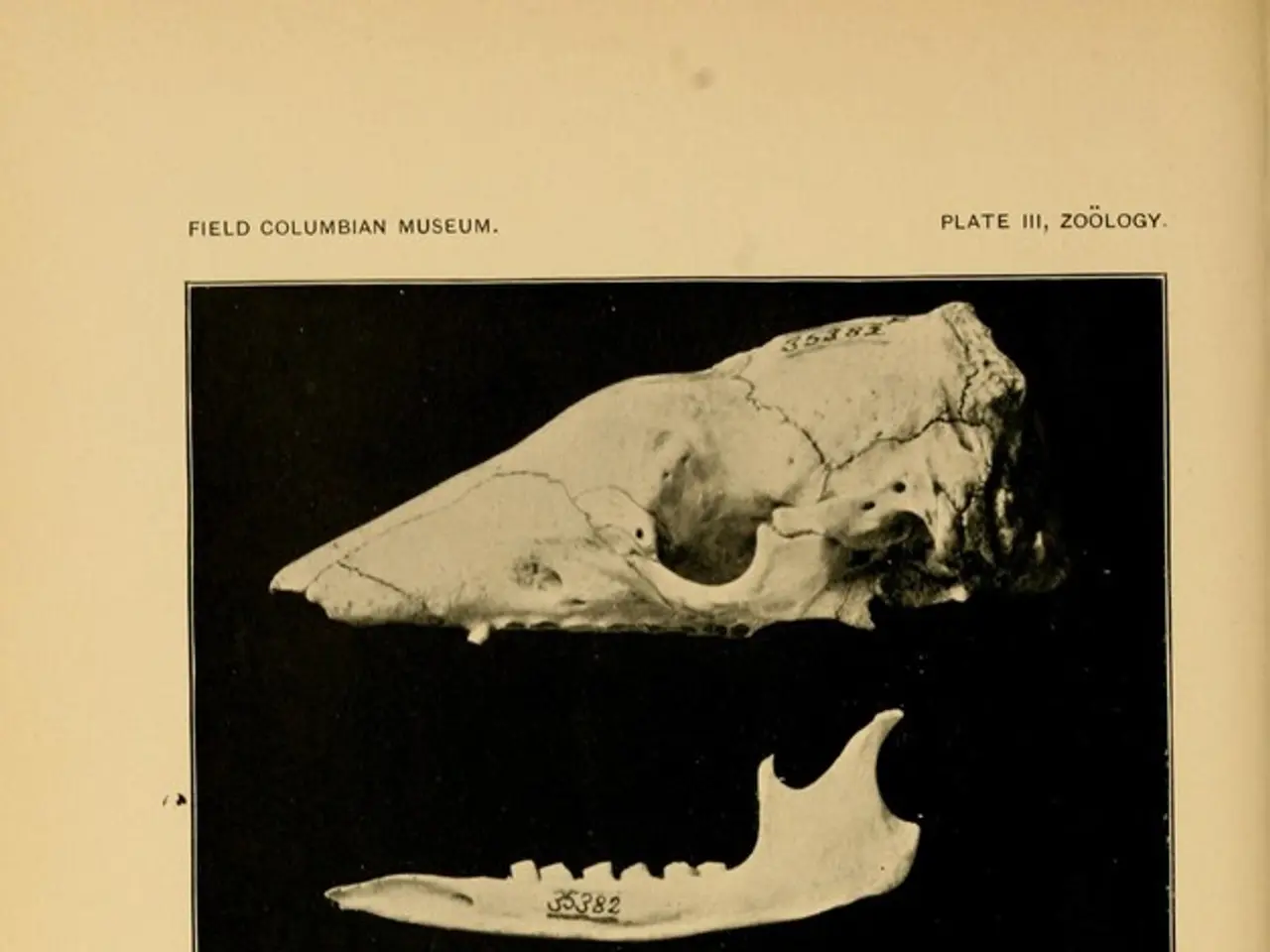Leukemia, specifically Acute Myeloid Leukemia (AML): Causes, Therapies, and Prognosis
Acute Myeloid Leukemia (AML), a fast-growing cancer, requires immediate medical attention if any unusual symptoms are noticed. Fortunately, treatment options are available, including chemotherapy, targeted therapy, radiation therapy, and stem cell therapy (bone marrow transplantation).
Remission from AML marks a significant milestone, but it also brings about a multifaceted process of ongoing care, monitoring, and adaptation to a "new normal."
After remission induction and consolidation therapies, patients typically enter a maintenance phase aimed at keeping AML in remission. This may involve ongoing lower-intensity treatments such as low-dose chemotherapy or targeted oral medications for specific genetic mutations. Regular monitoring is essential, including frequent blood counts, periodic bone marrow biopsies, and molecular testing to detect minimal residual disease, which helps identify early signs of relapse.
Treatments, especially those involving stem cell transplants, essentially rebuild the patient’s immune system. Consequently, patients often need to be re-immunized, similar to a newborn's immunization schedule, until their immune system is fully re-established—often taking several years.
Patients must adjust to a "new normal" that includes managing the risk of relapse while gradually returning to regular activities such as work, family life, and hobbies. This phase emphasizes balancing vigilance with quality of life. Some may continue to experience side effects from ongoing treatments or from prior chemotherapy, which can impact daily functioning.
Lifelong vigilance is necessary with regular healthcare visits for blood tests and assessments to catch any recurrence early and to manage long-term treatment side effects. Due to the intensity of treatments and their impact on organs and overall health, ongoing management of secondary health risks is important.
The transition to remission involves psychological adjustment, managing fear of relapse, and coping with changes in physical health and energy levels. Support systems and counseling can be beneficial.
In summary, achieving remission from AML is a critical milestone, but the long-term implications include continuous medical follow-up, immune system rebuilding, possible maintenance therapy, lifestyle modification, and psychological adaptation to maintain health and quality of life post-AML.
Exposure to radiation, such as from a nuclear accident or radiation therapy for cancer, may increase the risk of AML. After treatment with chemotherapy, a person may have a severely weakened immune system, leading to a high risk of infections. AML can develop at any age, but it is uncommon in people younger than 68 years, with the average age at diagnosis being 68 years.
When blast levels have fallen, the cancer is in remission. People with certain health conditions, such as Fanconi anemia, Down syndrome, and certain blood disorders, may have a higher risk of developing AML. Targeted therapy involves drugs that block proteins that promote cancer growth. Radiation therapy may be used for some people with AML, to help reduce bone pain or other symptoms.
People who work in the production of plastics, synthetic fibers, rubber lubricants, drugs, pesticides, and many other products may have an increased risk of exposure to benzene, a substance known to potentially increase the risk of AML. Smoking appears to increase the risk of AML, possibly because benzene is present in cigarette smoke.
In 2019, it is predicted that about 21,450 people will receive a new diagnosis of AML in the United States, and 10,920 people will die from the disease. A doctor will diagnose AML if the proportion of blast cells in the body is at least 20%.
Symptoms of AML can be similar to those of the flu and may include fatigue, breathlessness, sweating more than usual, pallor, skin that bruises easily, fever, swollen lymph nodes, more frequent infections than usual, pain in the joints and possibly the bones, unexplained regular bleeding, possibly of the nose or gum, small red spots under the skin due to bleeding, loss of appetite and weight loss, abdominal pain, confusion, and slurred speech.
Stem cell therapy can help the body recover after high doses of chemotherapy. Blood tests can show what type of leukemia is present, the proportion of blast cells in the body, and which organs it affects. AML will go into long-term, and possibly lifelong, remission in up to 50% of people who have the disease.
- Managing AML in remission may require continuous lower-intensity treatments like low-dose chemotherapy or targeted oral medications for specific genetic mutations.
- After undergoing stem cell transplants, patients often need to be re-immunized, similar to a newborn's schedule, until their immune system is fully re-established.
- In addition to ongoing treatments, patients must balance a vigilant approach to managing the risk of relapse with maintaining a quality of life, gradually returning to regular activities.
- Lifelong vigilance is necessary for regular healthcare visits, blood tests, and assessments to catch any recurrence early and manage long-term treatment side effects.
- Exploring alternative therapies like CBD may offer potential benefits in managing side effects and improving overall health and wellness post-AML, under the guidance of a healthcare professional.




